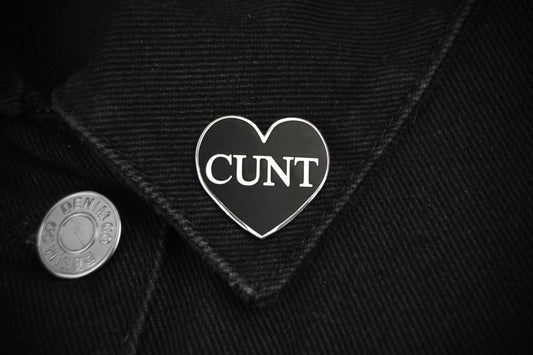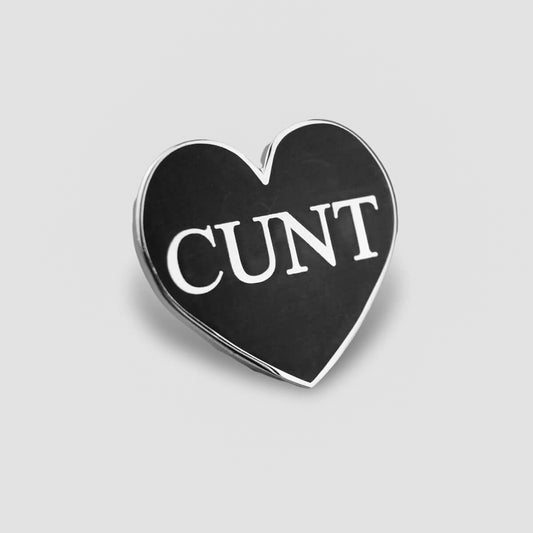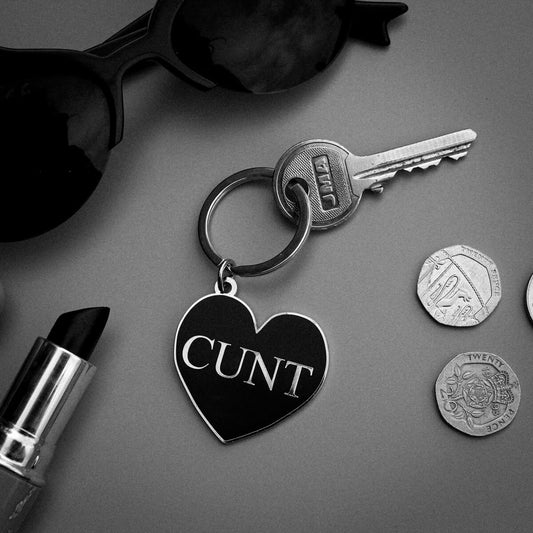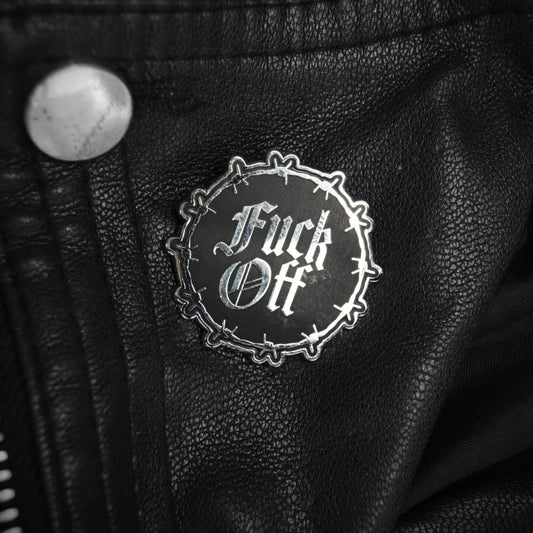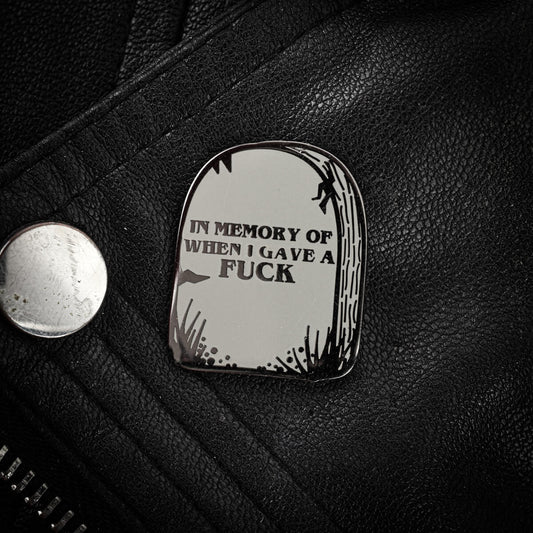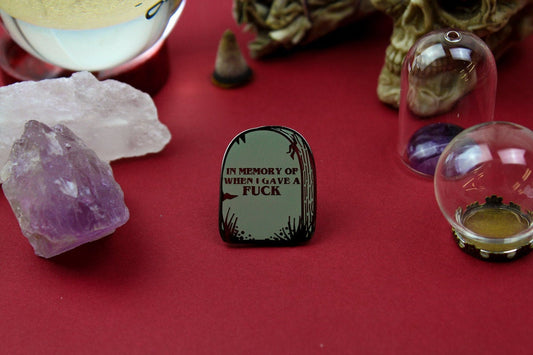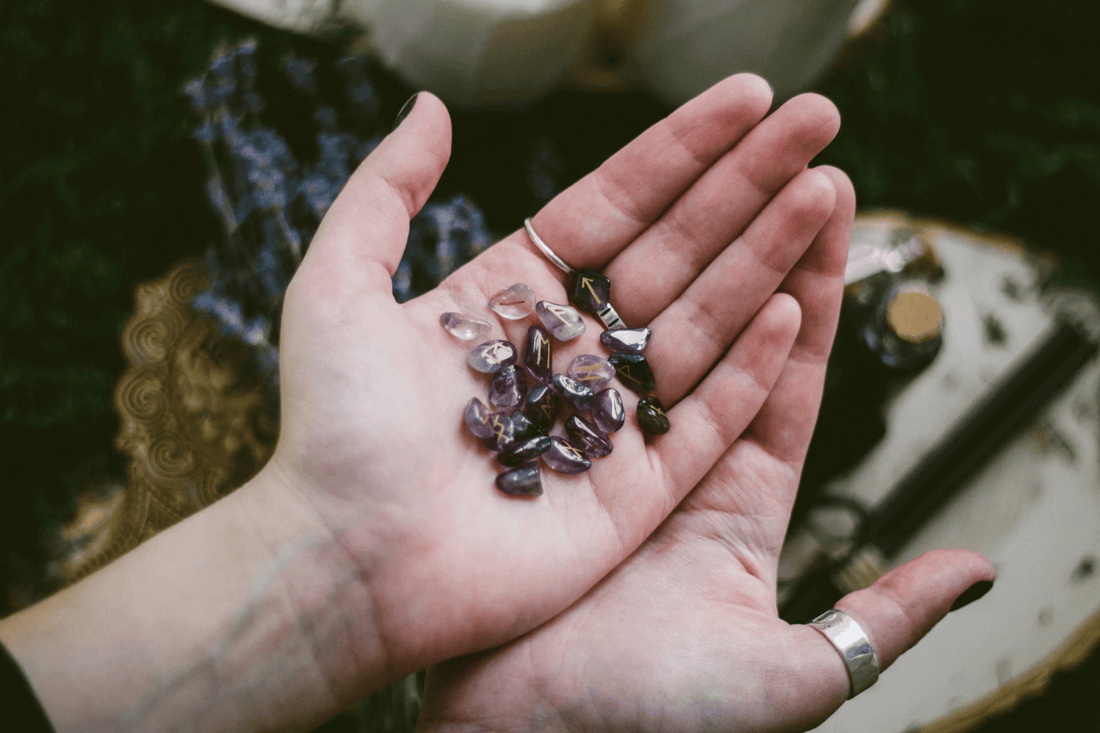
What Types of Divination Are Used in the Occult?
Share
If you look into the occult, you’ll see a diverse array of divination practices, where seekers tap into hidden energies to glean insights into the past, present, and future.
From the art of reading Tarot cards, each laden with symbolic significance, to the ancient wisdom encoded in the casting of Runes, these methods have transcended time and continue to captivate people. The cosmic dance of celestial bodies finds its place in astrology, guiding practitioners through the cosmic tapestry of destiny. Scrying, a technique involving crystal gazing or mirror contemplation, unlocks portals to unseen dimensions.
Each of these divinatory paths, with its unique tools and rituals, offer seekers glimpses into the secrets that lie beneath the surface of our reality.
What Is Divination and How Is It Used in the Occult?
Divination, a mystical art interwoven with the occult, acts as a conduit to glean insights from the unseen world. Practitioners employ various methods to unveil the future, seek guidance, or decipher hidden truths.
The ancient practice of scrying, where visions arise from gazing into reflective surfaces like crystal balls or water, is a classic occult divination technique. Tarot cards, adorned with rich symbolism, are shuffled and laid out in intricate spreads to unravel the cosmic narrative. Runes, marked with ancient symbols, are cast and interpreted to unveil messages from the divine. Astrology, a celestial roadmap, maps planetary positions to illuminate life's trajectory.
Each method, a unique thread in the intricate tapestry of divination, invites seekers to unravel the mysteries of fate and destiny, transcending the boundaries of the visible into the ethereal realms.
What Are the Historical Roots of Divination in Occult Practices?
Divination, deeply rooted in occult practices, bears the imprints of ancient civilisations where mystics sought communion with the divine through deciphering hidden messages.
In Mesopotamia, practitioners engaged in hepatoscopy, interpreting the patterns in sheep livers for insights. In ancient China it was the casting of oracle bones with inscriptions that they believed showed glimpses of the future. The Greeks turned to Pythia, the priestess of Apollo at Delphi, for prophetic utterances inspired by vapours. Norse cultures embraced runic divination, using symbols inscribed on stones for guidance.
Throughout history, these diverse divinatory practices formed a bridge between the mortal and the metaphysical, reflecting humanity's enduring quest to unravel the secrets of fate and destiny.
How Do Tarot Cards Function in Occult Divination?
Tarot cards, a powerful tool in occult divination, also act as a conduit between the spiritual realm and the practitioner's consciousness. Each card, bearing intricate symbols and archetypes, represents facets of the human experience and cosmic energies. Drawing from ancient mysticism, tarot cards offer a kaleidoscopic lens through which practitioners glimpse past, present, and future possibilities. The Fool's journey through the Major Arcana mirrors life's transformative phases. The Cups delve into emotions, the Swords into intellect, the Pentacles into material realms, and the Wands into spiritual dimensions. Readers tap into intuition, channelling energies to decipher meanings based on card combinations and positions.
Whether it's the enigmatic High Priestess or the transformative Death card, tarot divination weaves a narrative that guides seekers on a profound exploration of self-discovery and the hidden threads of destiny.

What Is the Role of Astrology in Occult Divination?
Astrology is believed by some to be an intricate system that acts as a cosmic blueprint for individuals' lives. By analysing celestial positions at one's birth, astrologers interpret the profound impact of planets, signs, and houses on personality, relationships, and destiny. The natal chart, a celestial snapshot at the moment of birth, acts as a celestial map. Each zodiac sign, ruling planet, and astrological house carries symbolic significance, shaping a unique cosmic fingerprint. Transits and progressions further illuminate temporal influences. Techniques like horary astrology answer specific queries, while electional astrology guides auspicious timing for endeavours. Through the luminous dance of celestial bodies, for some people astrology serves as a divinatory tool, providing seekers with profound insights into the intricate interplay between the celestial and earthly realms, unravelling the mystical threads woven by the cosmos.
How Are Runes Used in Occult Practices?
Runes are ancient symbols with profound significance, and are actively used in occult divination. Rooted in Norse traditions, these symbols, etched onto stones or carved into wood, hold mystical insights into the past, present, and future. Practitioners employ runic divination, known as "casting the runes," a process where runes are thrown onto a surface, and their positions interpreted to unveil answers or insights. Each rune carries its own distinct energy and meaning, depicting aspects of life, challenges, or spiritual guidance. The runic alphabet, known as the Futhark, consists of 24 characters, each linked to specific deities and cosmic forces. By harnessing the power of these symbols, runic divination offers seekers a unique perspective on their spiritual journey and the forces shaping their destiny.
What Is Scrying and How Is It Practised?
Scrying is a mystical practice embedded in occult traditions that involves gazing into a reflective surface to reveal hidden insights or visions. The medium can be a crystal ball, a mirror, water, or even flames. Nostradamus, famed for his prophetic writings, was said to have used a bowl of water for scrying. Practitioners enter a meditative state, allowing symbols, images, or messages to manifest in the chosen medium. The reflective nature of the surface is believed to act as a portal to the subconscious or spiritual realms. The clarity and depth of the visions depend on the scryer's ability to attune to these subtle energies. Scrying has persisted through history and has been embraced by many cultures, from the ancient Greeks to medieval mystics.

Are There Forms of Divination Unique to the Occult?
Yes the occult boasts an array of divination methods extremely unique to its practices. Geomancy, an ancient technique, interprets patterns made by casting handfuls of soil, sand, or pebbles. Another distinctive form is Necromancy, involving communication with the deceased for divinatory insights. In contrast, Daemonomancy seeks messages through interactions with spiritual entities or demons. Oneiromancy delves into dream interpretation, considering dreams as portals to hidden knowledge. The occult also embraces Astragalomancy, divining through dice or bones, and Alectryomancy, where a rooster (yes, a rooster!) is used to select symbols.
These methods, deeply rooted in occult traditions, reflect the diverse and intricate tapestry of divination practices that occultists employ to unveil insights from the mystical realms.
How Do Practitioners Interpret Divination Results?
Practitioners of occult divination employ many nuanced methods to interpret results. For Tarot card readings, interpretations hinge on the arrangement and symbolism of drawn cards, revealing insights into past, present, and future events. In Astrology, celestial positions during one's birth are analysed to provide insights into personality, relationships, and life events. The casting of Runes involves interpreting symbols engraved on stones, each carrying esoteric meanings for divinatory purposes. And as mentioned above, scrying, the art of gazing into reflective surfaces like crystal balls or mirrors, relies on intuitive interpretation of visions. The results of Geomancy are deciphered through specific patterns formed during the casting process. Across these varied divination techniques, practitioners rely on a combination of symbolism, intuition, and esoteric knowledge to unravel the mysteries revealed through these occult practices.
What Tools Are Commonly Used in Divination?
Divination encompasses an array of tools, each holding unique significance. As already mentioned, Tarot cards are a popular choice, letting users ask questions about the past, present, and future. Astrologers rely on celestial charts, and the intricate dance of planets guides insights. Runes, ancient alphabets etched on stones, carry messages from the unseen realms. Mirrors, crystal balls, and dark reflective surfaces are employed for the ancient art of Scrying, allowing practitioners to perceive visions beyond the mundane. I Ching, an ancient Chinese divination system, employs coins or sticks for guidance.
From the poetic language of Tarot to the cosmic ballet of the stars, these tools act as conduits for occultists to access the hidden threads of destiny and gain profound insights.

Are There Ethical Guidelines for Occult Divination?
In the world of occult divination, ethical standards guide practitioners as they seek insights into the unknown. Tarot readers, for instance, follow ethical guidelines, focusing on delivering information sensitively to empower seekers rather than instilling fear. Similarly, astrologers weigh the ethical implications of interpreting celestial arrangements, aiming for responsible insights. In practices like scrying and crystal gazing, consent and ethical boundaries are emphasised during sessions. Rune casting and I Ching practitioners also consider ethical principles, urging respect for the spiritual autonomy of seekers. Though these ethical standards may differ, they share a common goal: using divination tools responsibly to uplift, empower, and honour seekers' journeys through the mystical realms.
How Is Divination Taught and Passed Down?
The art of divination, steeped in occult tradition, is often passed down through mentorship and study. Tarot reading, for instance, is transmitted through apprenticeships or structured courses, where experienced readers guide novices in interpreting the symbolism of the cards. Astrology, with its complex charts and celestial interpretations, is typically learned through rigorous study, mentorship, or formal education in the field. Runecasting is often passed down within families or through dedicated training with experienced practitioners, and Scrying is usually taught through hands-on guidance and shared experiences.

What Is the Relationship Between Divination and Magick?
Divination and magick often share an intricate connection within occult practices. Ceremonial magicians frequently incorporate divination as a tool to enhance their rituals and gain spiritual insights, and as mentioned earlier, the use of tarot cards, runes, or scrying mirrors during ceremonial magic rites is not uncommon. Divination can act as a guide, providing practitioners with symbolic messages that align with their magical intentions. This synergy between divination and ceremonial magic underscores the holistic nature of many occult traditions, where the exploration of the hidden, the symbolic, and the mystical are seamlessly connected. The rituals become a means of not only seeking divine guidance but also of actively engaging with the forces and energies believed to shape the occult practitioner's reality.
Are There Scientific Explanations for Divination?
Divination, although deeply ingrained in occult practices, often lacks scientific validation, as its mechanisms are rooted in symbolic interpretation and intuition rather than empirical evidence. Sceptics argue that divination's efficacy is a product of psychological processes, like pattern recognition and subjective validation. However, practitioners contend that the power of divination lies beyond scientific explanation, tapping into intuition, energy, and symbolism. The Tarot, for instance, is a divination tool that, while lacking scientific backing, remains potent in its influence on those who engage with its archetypal imagery. The mystical nature of divination often transcends empirical scrutiny, inviting individuals to explore a dimension that lies beyond the boundaries of conventional scientific understanding.
To learn more about the occult, have a read of our article 'what is the occult?'.
